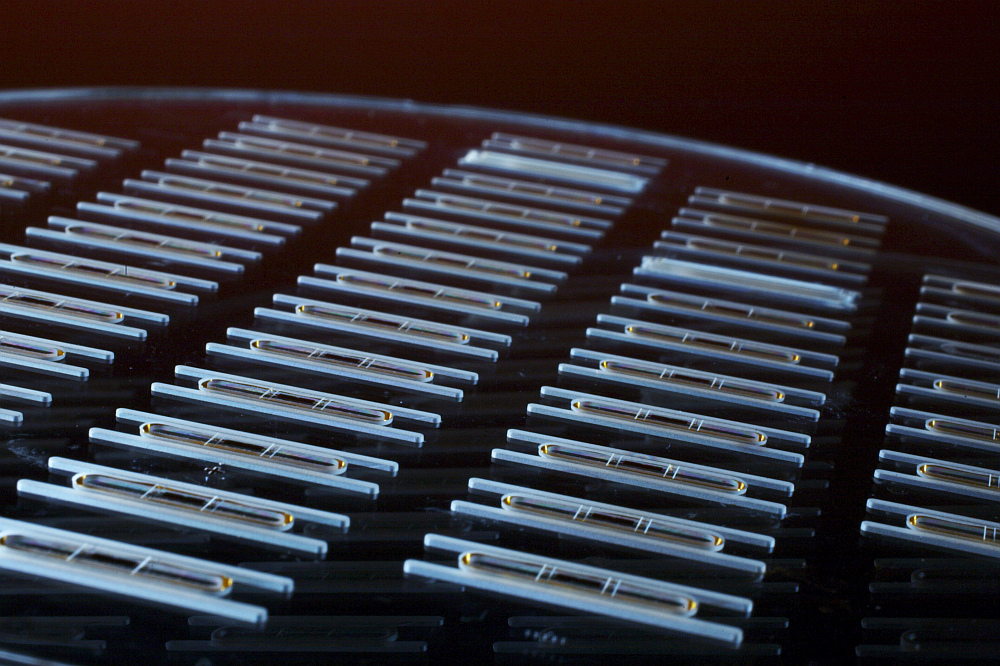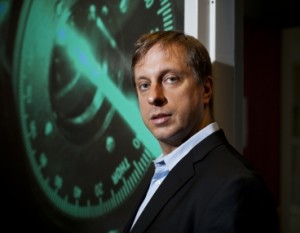The Future of Energy Transmission is Wireless

Try to imagine a simpler life. The life without wires. Try to imagine you are recharging your laptop computer, your mobile phone or even your car on the road so conveniently as surfing the Internet – wirelessly. Well, the future came few years ago. The scientist from MIT made an experiment which will change the world forever!
It was 2007. The group of physicists led by Professor Marin Soljacic successfully made the first efficient non-radiative power transfer at a distance of 2 meters turning on a 60 W light bulb. Energy transfer was 40% efficient. The rest is the history! This work in wireless energy transfer is related to the work of Nikola Tesla at the beginning of 20th century. However, it has some significant differences. Unlike Tesla’s unsuccessful efforts at long-range wireless energy transfer, the MIT group focuses only on short-range transfer. On the other hand, Tesla coils resonantly transfer power with electric fields, while the MIT experimental set up uses coupling primarily via magnetic fields.

All the great things in this world are simple, so that’s how Soljacic’s story begins. Like many of us, Soljacic often forgets to recharge his mobile phone, and when it is about to die it emits an unpleasant noise. “Needless to say, this always happens in the middle of the night,” he said. “So, one night, at 3 AM, it came to me: Wouldn’t it be great if this thing charged itself?” He began to wonder if any of the physics principles he knew of could turn into new ways of transmitting energy.
Let’s have a closer look at this experiment!
As it is known, wireless transmission of energy has challenged scientists and engineers throughout history. This phenomenon takes place in any system where electrical energy is transferred from a transmitter, to single or multiple receivers, without the use of wires. At moderate distances, non-radiative energy transfer occurs. It involves the use of stationary electromagnetic fields around the coils rather than fields that spread in all directions.
Let’s explain this better! When two coils are out of range of one another’s electromagnetic fields, there is no energy transfer as the fields around the coils are not strong enough to interact over large distances. Similarly, if two isolated coils oscillate at different frequencies, no power transfer will occur. On the other hand, if two resonating coils, with the same frequency fields, are placed within a few meters of each other, streams of energy move from the transmitting coil to the receiving coil. One coil can simultaneously send energy to several receiving coils, as long as they all resonate at the same frequency.
If a coil generates electromagnetic waves in a highly angular waveguide, which is a structure which guides waves, this will cause the emitting of evanescent waves. Evanescent waves are near-field standing waves that have exponential decay with distance. If a proper resonant waveguide is brought near the transmitter, the evanescent waves can allow the energy to tunnel to the power drawing waveguide.
The efficiency of the system that contains two resonant coils and wirelessly transfers power can be appreciably improved by:
1. Silver-plating the coils, which should increase the amount of charge through the wire and directly affect the current intensity
2. Working with more elaborate geometries for the resonant objects.
Everything started in 2007. But, what is happening today? The best review on how things go nowadays is given in the following video material.
In conclusion … We do not need to imagine anything. The future is already here. We only need to face it up and enjoy the progress of the Human Kind.
 Follow
Follow
1 thought on “The Future of Energy Transmission is Wireless”
Comments are closed.